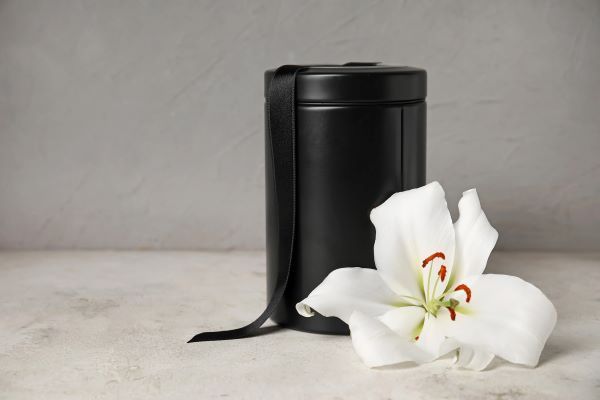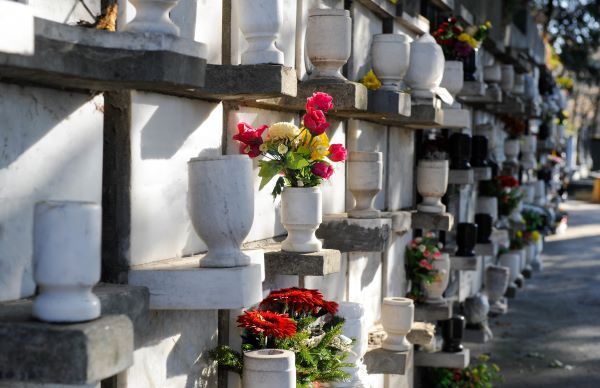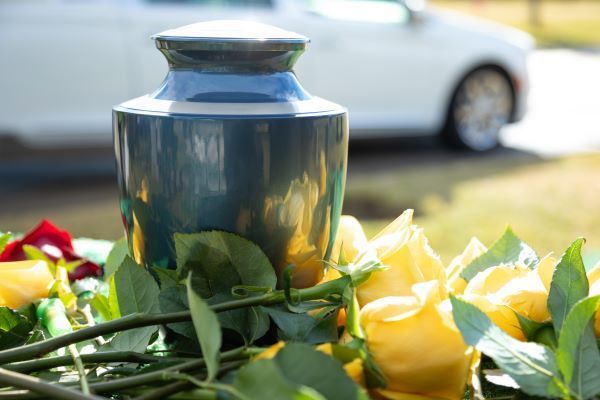Cremation Services
Cremation Services
If your family has opted for cremation, we provide cost-effective services that honor the life of your loved one. We offer various options for public gatherings and a final resting place, ensuring a meaningful celebration of their memory.
Traditional Funeral Service followed by Cremation
For many families, the traditional funeral service holds deep significance and aesthetic appeal. Even with cremation, you can opt for a traditional approach, incorporating final viewings, visitations, or wakes, followed by a funeral service. Afterward, instead of in-ground burial, cremation will take place. Depending on your preferences, the cremated remains can be returned to your family for placement in an urn, scattered, or interred in a columbarium. This option encompasses fees for both the funeral services and the cremation process itself.
Memorial Service
The memorial service can take place in our chapel, a chosen church, or any venue selected by the family. Together, we collaborate to craft a service that pays homage to their loved one through narratives, melodies, or scriptures. Additionally, our life celebrants are available to lead services for those who opt not to have clergy. These celebrants are adept at crafting experiences that facilitate the beginning of the healing journey.
Graveside Service
Usually, a graveside or committal service immediately follows the funeral ceremony, although it can alternatively be a more intimate gathering specifically for those who are closest to you.







